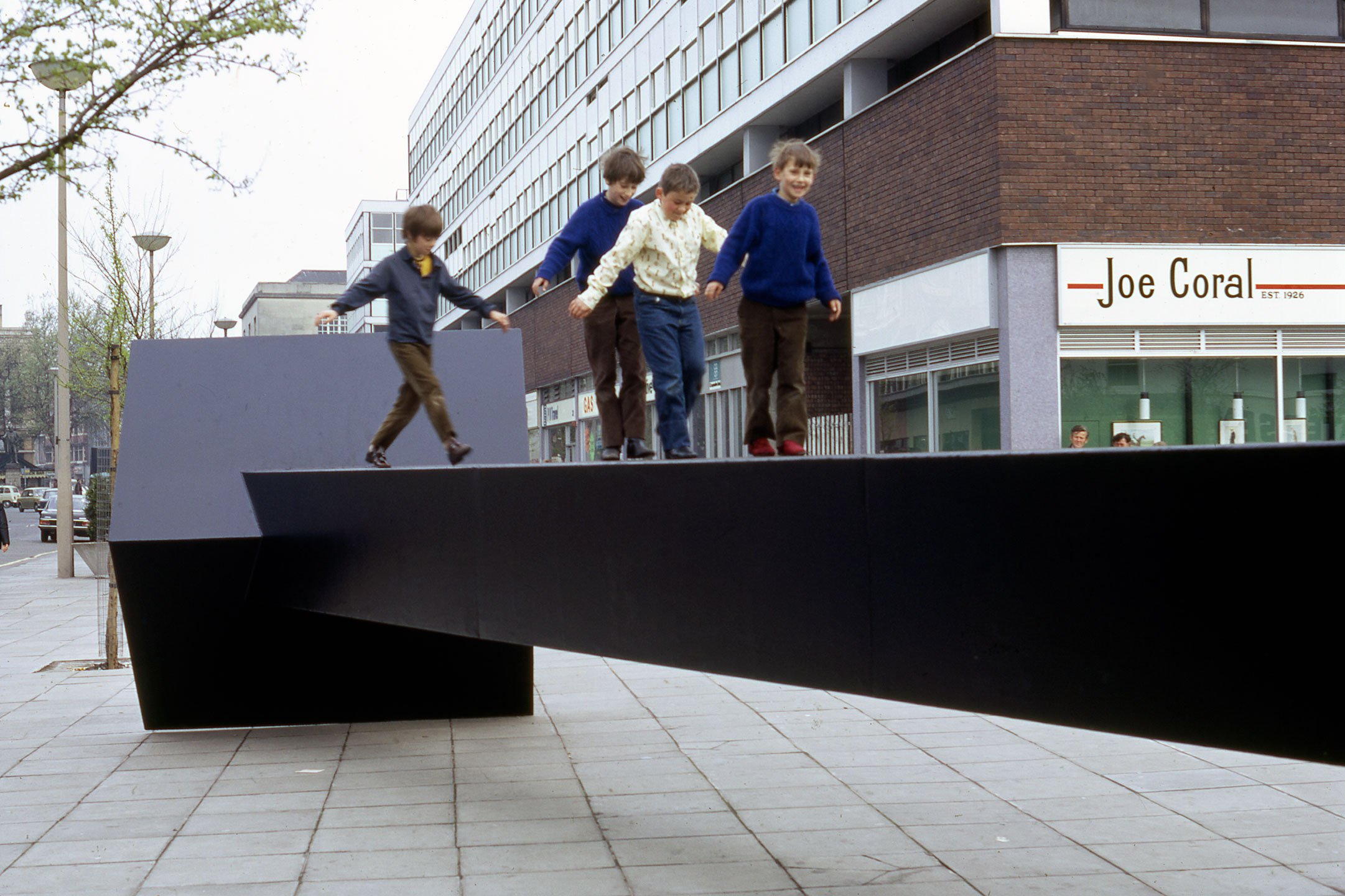Catherine Doucette discusses the artist who revolutionised Arts education in the UK…
The seminar at the Henry Moore Institute, Stewart Mason: Education, Collection, Exhibition, featured three scholarly speakers who discussed the educational and artistic significance of Stewart Mason, an advocate for arts education and key figure in the City Sculpture Project. Dr Peter Cunningham (Cambridge University) focused his presentation on Mason’s contribution to education, Professor Alison Yarrington (Loughborough University) presented on the importance of Mason’s collection and his role as a collector, while Dr Jeremy Howard concluded the seminar with a discussion regarding the exhibitions of Mason’s collection.
The featured presentation was rooted in the belief that Stewart Mason created a retrospective golden age for art education. With the development of the new curriculum in the UK in the late 1900s, the encouraged appreciation of the arts was underscored in the reforming education of this period. Mason promoted the philosophy of education as the way teacher’s work with children, rather than what teachers teach children in the classroom. This new philosophy of education influenced schools, particularly those in Leicestershire, to focus on creativity and activity across the school curriculum in order for a child to create and grow individually. The exhibition of Mason’s profound collection of contemporary works in schools thus acted as a bond between academic subjects and visual creativity – an integral part of the general education which emphasizes the significance of creativity and art in the classroom.
‘Mason’s profound collection of contemporary works in schools thus acted as a bond between academic subjects and visual creativity’
The conversation of these three scholars regarding Stewart Mason is a microcosm of the larger role of art education in the present day. Museums are focusing their exhibitions and galleries to suit the interests and edification of their audience. Through interpretive activities such as lectures, guided tours, and family activities, museums provide an engaging means of educating an audience about the art of both past and modern cultures. Furthermore, to expose school children to works of art, museums are referencing Mason’s philosophy by designing tours and education activities for school groups to learn about the museum’s collection. The growing emphasis on the relationship between art and education is becoming an integral part of the education and general experience of children in today’s modern culture.
Catherine Doucette
(Image courtesy of Arnolfini Archive at Bristol Record Office)

